Urban FIA
The FIA annual inventory provides objective and scientifically credible data on the extent, condition, volume, growth, depletion and health of our forest resources, and measures these changes over time. This information helps researchers, policymakers, consultants, private industry, landowners and natural resource professionals better understand current forest conditions and significant changes across Colorado and the nation.






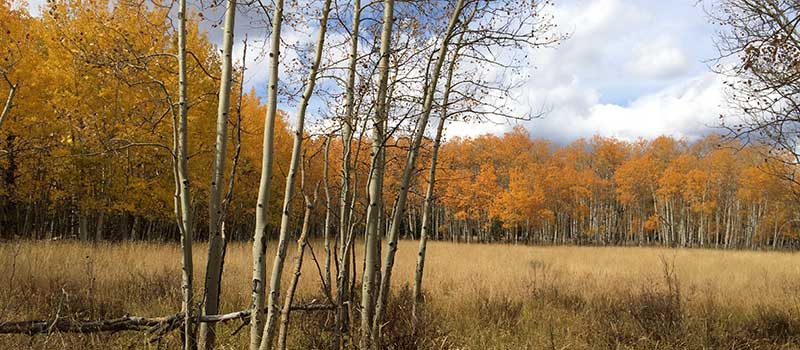
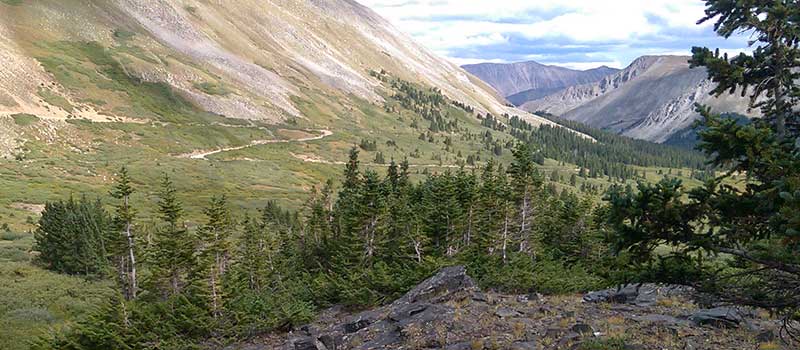

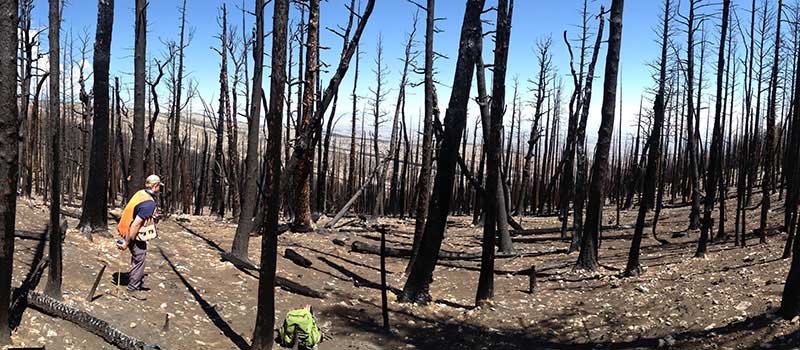
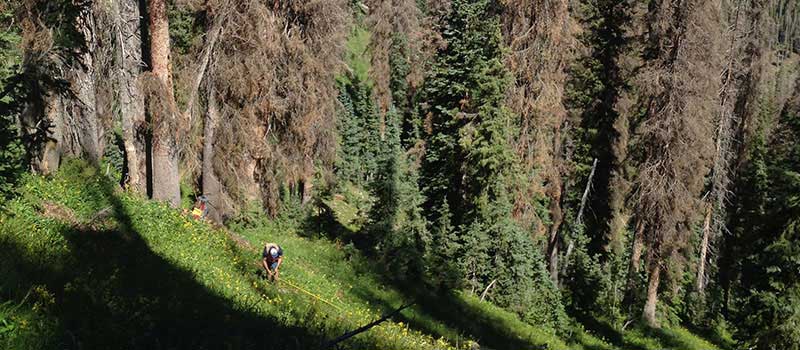



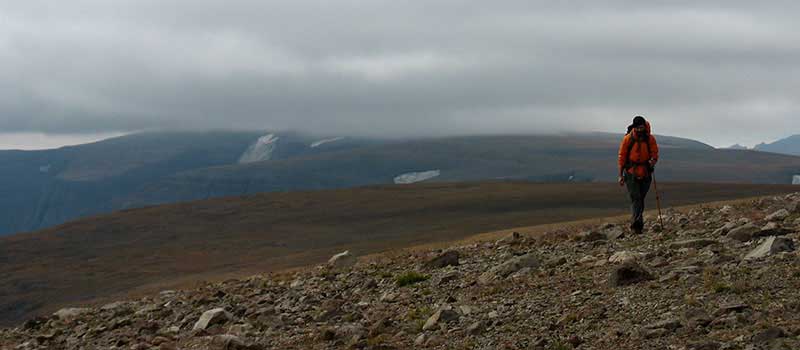
- More than 80% of the US population lives within Urban Area / Urban Clusters (UAUC)
- 68 million acres are within UAUC’s and it is estimated that 33% have trees (22 million acres)
- Trees remove carbon dioxide, filter air pollution, and produce oxygen. They absorb rainwater, UV radiation, and noise. They slow down traffic, improve property values, and reduce human stress and mental fatigue. And they provide shade for commercial and residential buildings, reducing energy costs

The advantages of conducting an inventory of urban forests include, but are not limited to the following:
- Provides leaders with city-wide strategic data based on both public and private trees
- FIA is a well-respected National Program with a strong track record
- Benefits from a great partnership between the FIA and i-Tree programs
- Urban FIA program follows similar certification & quality assurance/quality control protocols as the core FIA program
- Includes volume estimations, species diversity, canopy cover and expanded land uses
- Data are readily available on the public Urban FIA DataMart
- Data is incorporated into user-friendly interfaces like the My City Trees App
- Timber Product Outputs (TPO) will provide information on the wood merchantability in urban areas
- Will provide landowner information via the urban Woodland Owner Survey (WOS)
- Certified professionals will conduct annual inventories in subsequent remeasurements
- Will allow for the potential to look at regional or national trends in urban forests with a systematic methodology
Economic Value
A recent i-Tree analysis of Austin, Texas estimated that trees save that city nearly $19 million annually in reduced building-energy use, some $5 million in reduced carbon emissions, and account for about $16 billion as standalone physical assets. Past that, they’re worth $3 million per year in their reduction of air pollution (based on avoided respiratory health problems), and nearly $12 million per year in the amount of carbon they sequester.
Disturbance Predictions
Urban FIA data collected over the long term will help us evaluate the impacts of major disturbances. In Texas, an estimated 5.6 million trees in urban areas died during the 2011 drought, which may have been as much as 10 percent of urban trees across the region. By collecting Urban FIA plot data consistently over time and across metropolitan areas, we will be able to assess the damage caused by the next drought or storm and monitor ecological impacts and recovery over time.
Urban Forest Dynamics
In rapidly growing urban areas we can explore differences in the urban forest in recently developed ares and older parts of a city. This will help urban forest managers direct resources to areas that need attention, including maintaining older tree populations and establishing new urban forests.
Stormwater Mitigation
Urban trees can have a positive effect on mitigating stormwater runoff by intercepting rainfall. Data collected from Urban FIA can provide leaf area estimates by geographical region, species, and size class allowing urban natural resource managers to calculate the interceptive capacity of urban trees in a watershed. In one case, the San Antonio River Authority (SARA) used urban FIA data collected in Austin, TX to develop a standardized methodology for calculating the stormwater value of a tree to estimate the mitigation value of stormwater best management practices under the City of San Antonio’s Tree Ordinance.
Policy Impact
US Forest Service research on the benefits of New York City’s urban forest helped convince Mayor Bloomberg to fund the MillionTreesNYC campaign, which just wrapped up recently with the planting of one million trees. Urban FIA will provide similar data to policymakers in communities across the United States.
1USDA Forest Service. (2017, January 10). Urban Forest Inventory and Analysis (FIA). Retrieved from https://www.fs.fed.us/research/urban/fia.php.
Información Programática (200 KB PDF)

